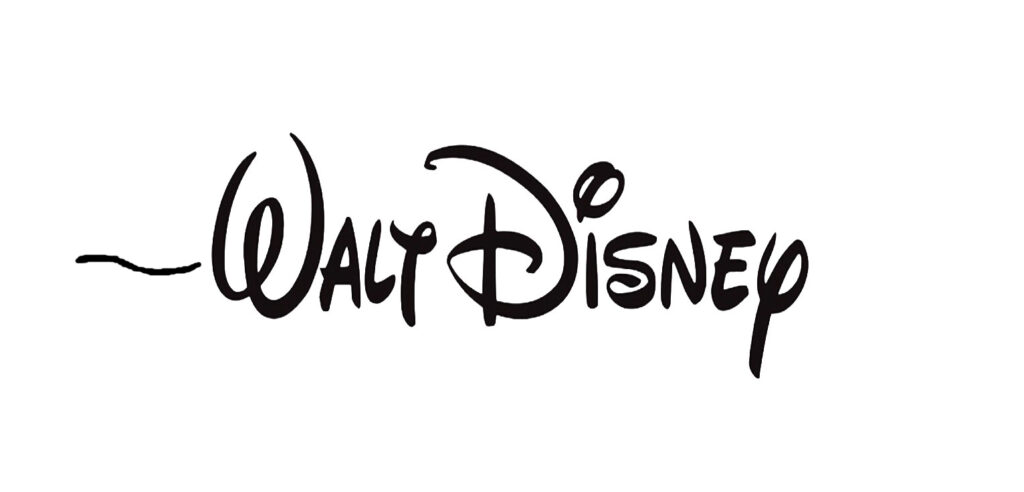POISONING THE APPLE
Cross-cut back to the simultaneous action occurring now in the setting of the scene before this extended “Entertainment Sequence”, that laboratory in the depths of the Queen’s palace where she has just transformed herself into an old Peddler Woman. Gradually visible through clouds of dense steam she is currently dipping an apple into the brew she has concocted in her cauldron. Excised here in order to tighten the film’s pacing were about thirty seconds of completed and filmed animation showing the witch stirring her potion. In the original folktale the Queen attempts to dispatch Snow White three times: first by lacing her too tightly in a bodice, second by combing her hair with a poison-spiked comb, and lastly by getting her to taste a poisoned apple. Though in early story treatments all three seem to have been considered – separately or in various combinations – Walt finally settled on the poisoned apple alone. Norm Ferguson’s sublime character animation really shines in this new sequence during which the hag’s thoughts are spoken aloud in a lengthy monologue most of it addressed directly to us in the audience.
Clearly, disguising herself as a witch is a liberating experience for this Queen: the cold, austere behavior of her earlier persona is now replaced by a flamboyant performance style, reveling in the sheer joy of evildoing for its own sake.[1]
The apple she suspends in the center of the brew sucks into itself from all around it the bubbling greenish poison. The witch lifts it above the liquid near her face and calls our attention to the image formed as the goop drizzles down and drips off the bottom: a grisly skull, “the symbol of what lies within”. The apple then turns a bright luscious red.

Toying with her pet raven, she shoves the noxious fruit at it, terrorizing the bird, then withdraws it and describes for us the gruesome details of Snow White’s death once she takes a bite.

“Then I’ll be fairest in the land!” declares this hideously ugly crone, the transparent absurdity of her remark illuminating the very definition of a pyrrhic victory, one in which the achievement of triumph is so costly that it is tantamount to defeat.
But this does not occur to the Witch, so consumed is she in the mechanics of her evil scheme. Instead what does occur to her is the possibility of an “antidote”, which sends her hobbling back to her book of poison recipes to investigate.

Thumbing through its pages she comes across the bad news: a victim of the Sleeping Death can be revived by “love’s first kiss”. Expressing disdain for the very idea, she slams the tome shut and tells us there’s no fear of that happening because the dwarfs will think Snow White is dead and will bury her alive, an eventuality she relishes, cackling manically. She positions the poisoned apple on top of green and yellow ones in her basket, and delightedly savoring the phrase “buried alive” she descends out of the chamber through a trap door in the floor then down a few stairs into a subterranean dock where a human skeleton stretches through the bars of a dungeon toward a pitcher just barely out-of-reach. “Thirsty?” the hag chuckles, then kicks the pitcher at the corpse, splintering its bones. A spider emerges out of the container and skitters over the remains. According to Kaufman this gritty little scene was the source of some controversy over its morbidity. Walt retained it in the film probably because it emphatically and graphically re-enforces the nonchalant cruelty of this evil character. She steps into a flat boat and barely visible through a thick mist she starts poling her way out of the dregs of her castle and across a swamp into a clump of tall cattails. Her basket of apples slung over the crook of her right elbow she trudges out of the brush and dodders down a pathway into the morning vapors. Throughout this sequence Leigh Harline’s brief leit motif for the Queen – a morose four-note descending dirge played in the bass registers of strings and bassoon and punctuated with a consistent throb on timpani – heard first at the film’s very beginning it now lends an atmosphere of murky gloom.
[1] Kaufman, J.B.: op. cit., p. 192.
